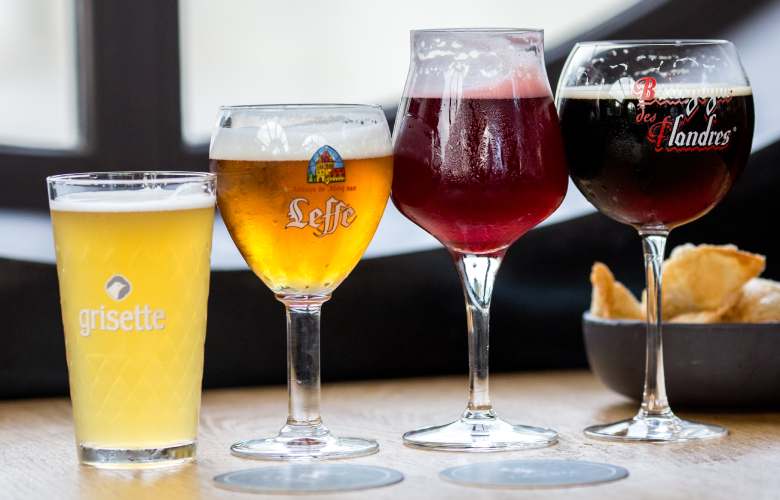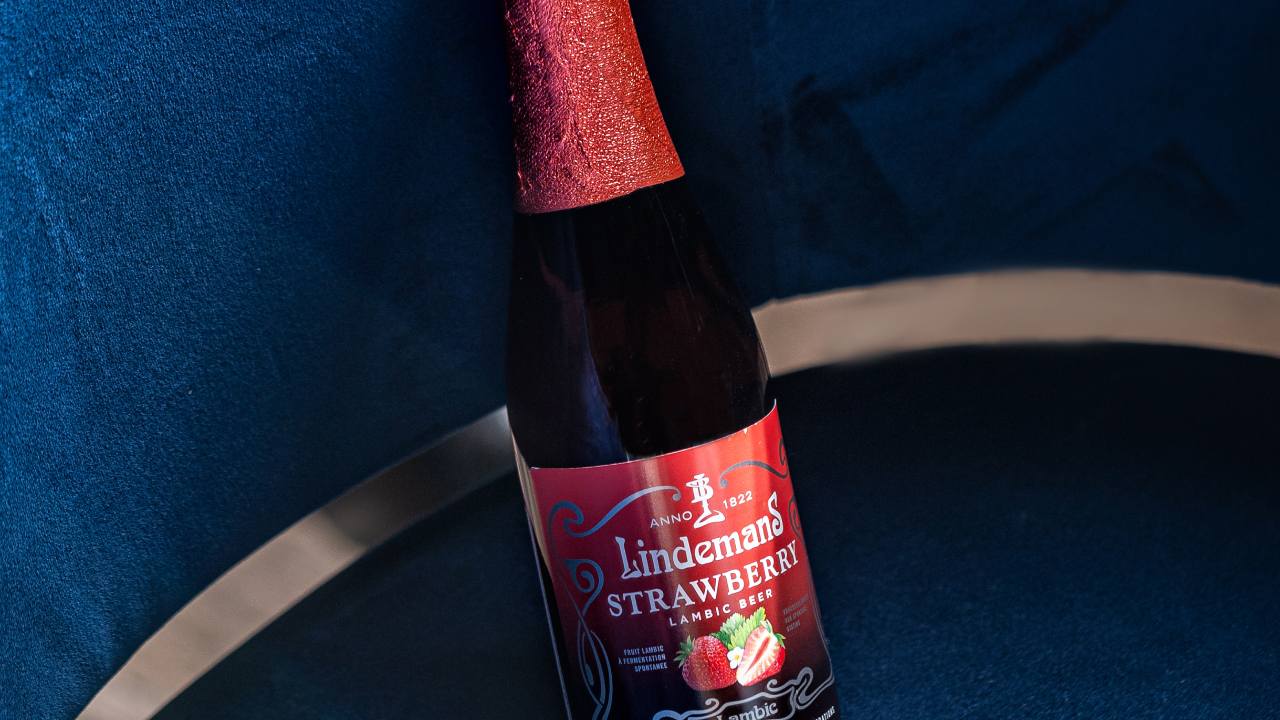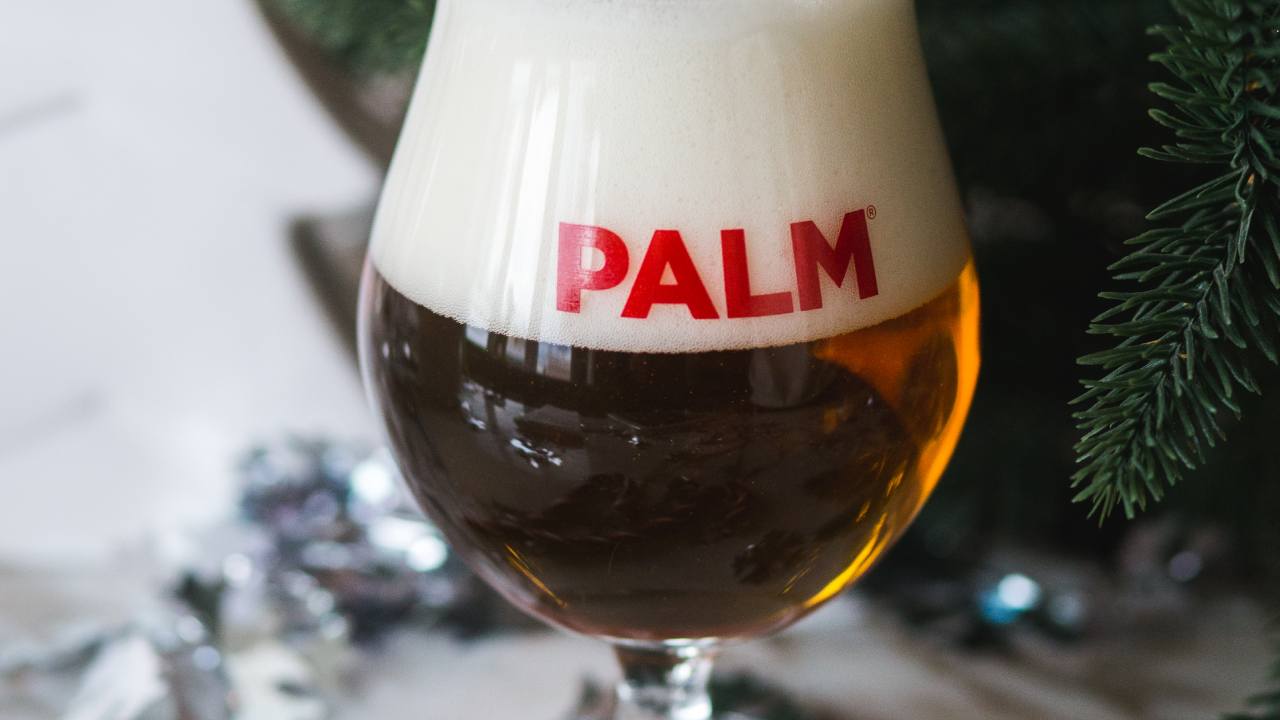The Most Popular Beer Styles: A Quick Guide for Beginners

There are hundreds of beers and thousands of different brands, but all this diversity can be divided into just a few groups. These are the so-called beer styles, which are usually determined by the nuances of production. For example, the method of fermentation, the temperature at which the malt is roasted, the type of grain added, and so on.
Belonging to one or another style does not guarantee that you will get a set of specific flavor characteristics, but it will help to highlight the main features — and as a result make a more accurate and correct choice.
Those or these?
Almost all existing beers can be divided into two categories. The first are ales, which are produced by top fermentation at high temperatures (about 20 degrees). The second group is the lagers, which are produced under cooler conditions and fermented under a lower fermentation method. Both ales and lagers can be either dark or pale, but the way the yeast behaves in the conditions created — whether it rises or settles to the bottom — ultimately affects the taste of the finished drink.
There is a third category: lambic. This beer is made by spontaneous fermentation, in which the role of specially added yeast is played by microorganisms that are in the environment. For this purpose the wort is left in open containers, but the production process is carefully controlled. Lambic has a unique sour taste and a characteristic aroma, in which you can distinguish notes of fruit, wine vinegar, wet hay and horse blanket. Often fruit and berries are added to lambic, which, on the one hand, soften its taste and, on the other hand, favorably emphasize it. The most popular variety is Belgian Cherry Kriek.
What else?
Strictly speaking, all the other beers are derivatives of the main groups. But some of them are worth talking about separately. For example, beer can be classified according to the type of grain used for malting. Wheat Belgian beers are based on wheat, dark stout is based on roasted barley, and sour ale Gose is made from a mixture of several grains.
Another important criterion is the temperature at which the malt is roasted or dried. The higher the temperature, the darker the malt it turns out to be — and affects the taste of the finished beer accordingly. For example, dark malt makes porter, light malt makes British bitter and Czech pilsner.
In some cases, the place where the beer is made can also be responsible for the style of the beer. An example is Trappist beer, which is essentially an ale as well, but unique. It is brewed only in 13 breweries around the world, necessarily located in abbeys. However, all breweries regularly confirm their right to brew these beers by complying with a strict list of requirements, for example, obligatorily giving part of the proceeds to charity.
To taste all popular beer styles, come to the beer restaurant. We'll find a drink you'll definitely like!

Beer and desserts
Contents The basic rule What to drink with Lambic desserts There is a stereotype that beer is a drink for salty snacks, smoked meats, and fatty foods. However, this is only partly true. Beer, with its incredible variety of styles, textures, and flavors, can be the perfect accompaniment to desserts. The right combination can enhance the taste of both the dish and the drink itself. Let’s take a look at how to drink beer with sweet foods and which combinations work best. The basic rule Dessert and beer should not compete with each other, but should either complement each other or create a pleasant contrast. Fatty, sweet dishes should be paired with fairly strong, intense beer. Desserts with berries or fruit are an excellent accompaniment to sweet beer with fruity notes. These can be not only juice-based varieties, but also, for example, wheat ales with notes of banana and citrus. For creamy, vanilla-based desserts, such as panna cotta, denser, malty styles of beer are the perfect accompaniment. English porters, mild stouts, and creamy ales have a caramel, nutty, or even slightly chocolatey sweetness that does not conflict with milk fats but envelops them, making the taste more rounded and deep. Chocolate, especially dark chocolate, pairs best with dark ales: imperial stout or porter. The bitter aftertaste of dark beer nicely offsets the sweetness. Lambic, a traditional Belgian spontaneously fermented beer, occupies a special place in the world of beer and is ideal for desserts. Its dry, often very complex flavor makes it an ideal pairing for many sweet dishes. What to drink with Lambic desserts Our menu features several wonderful desserts that can serve as a full-fledged appetizer to accompany beer. Let us tell you what to pair them with. Pistachio roll with raspberries This dessert combines nutty depth, the sweetness of creamy custard, the bright acidity of raspberries, and the freshness of mint. You need a beer that will support the nutty and berry notes, but also balance the creamy texture. We recommend a cherry lambic or Belgian fruit ale. Cherry lambic, with its sour profile and almond notes in the aftertaste, will perfectly complement the pistachio, harmonize well with the raspberries, and refresh the palate after the rich cream. An alternative is a less sour Belgian raspberry or cherry ale, which will enhance the berry flavor of the dessert. Gelato and sorbet The most important thing here is the purity of the fruit or cream flavor and the cold texture. The beer should be refreshing, with a bright aroma and good carbonation, so that it does not seem «flat» against the ice cream. A sour ale, such as a gose, is ideal for fruit sorbet. Its salty-sour taste will contrast well with the ice cream and emphasize its fruitiness. Creamy gelato is best served with a wheat ale, which will help to delicately highlight the vanilla. Brownies with salted caramel and ice cream This dessert offers a variety of flavors and textures: the bitterness of chocolate, the sweetness of caramel, and the coolness of ice cream. The beer should be just as powerful to cut through this palette. An interesting choice would be to serve an imperial stout. This drink, with its notes of roasted coffee, dark chocolate, and caramel, will be a harmonious complement to the brownies. Belgian waffle with strawberries, ice cream, and hot chocolate This dessert has many layers: a light waffle, sweet berries, cold ice cream, and thick chocolate sauce. It needs to be paired with a beer that will cleanse the palate and enhance the complexity of the flavors. We recommend Belgian dubbel. This variety, with its aroma of dark dried fruits, caramel malt, and light spice, will perfectly complement both the waffle and the chocolate sauce. Tiramisu kataifi with homemade nut liqueur This dessert is a more complex version of the classic: crispy kataifi pastry, coffee, delicate mascarpone cream, berries, and nutty and alcoholic notes of syrup and whiskey. You need a beer that will go well with coffee and nuts without overpowering the cream. An imperial stout is perfect here. A drink with roasted notes and coffee tones will enhance the chocolate and coffee character of the dish. When choosing desserts to accompany beer, follow the general principle: complex with complex, and vice versa. For example, if you don’t know what to pair with a sweet beer, serve it with your favorite fruits or berries. In turn, drinks with a more multifaceted flavor will be a good match for equally exquisite desserts. And if you don’t want to choose for yourself, just come to Lambic. Our menu features hundreds of varieties of beer, and we will be happy to recommend the perfect accompaniment. We also offer a cozy atmosphere and excellent service. We look forward to seeing you!
26 December 2025

Autumn and winter styles of Belgian beer: what to drink when it's cold outside
Contents Why do we crave strong beer in cold weather? Choosing autumn beer What to pair it with There is a stereotype that beer is exclusively a summer drink: it is refreshing and quenches thirst in hot weather. But this is only partly true — if you choose the right variety, beer can warm you up and give you a feeling of comfort even in the cold season. Let’s figure out which beer — and with what — is best to drink in autumn and winter. Why do we crave strong beer in cold weather? When the temperature outside drops, the body instinctively seeks sources of heat and energy. Light summer beer cannot warm you up, so it is replaced by something thicker and more aromatic. This is because its rich malty flavor with notes of caramel, dried fruit, and spices, as well as its higher alcohol content, create a long-lasting, deep feeling of inner warmth. Choosing autumn beer Belgium is one of the world leaders in creating these warming varieties of beer. Here are the key styles to look out for in autumn and winter. Dubbel This dark ale has a moderate strength (6–8%). Its taste is a harmony of caramel malt, dark dried fruits (raisins, prunes), light spicy notes, and sometimes a subtle chocolate depth. Dubbel is not too heavy, but rich, and is perfect for leisurely drinking. An excellent example of this type of beer is Westmalle Trappist Dubbel. It is a classic Belgian dubbel with an alcohol content of 7%, with a well-balanced taste, filled with sweet notes of fruit and malt, as well as hints of spices and caramel. Dark strong ale A more powerful version of winter beer. The alcohol content often exceeds 8%, and the taste includes ripe fruit, caramel, spices (pepper, coriander), and hints of rye bread. Despite its strength, this beer is very drinkable. Here you can try varieties such as Kasteel Donker or Adriaen Brouwer Oaked. They have a full, rich taste, warm you up and relax you. Trappist beer Legendary beer that has historically been brewed in monasteries. This includes dubbel, tripel, quadrupel, and dark strong ales. But regardless of the variety, Trappist beer is characterized by incredible depth, richness, and a balance between fruity, malty, and yeasty notes. We recommend paying attention to varieties such as Westmalle Trappist Dubbel and Trappistes Rochefort 6 — they are ideal for drinking during the cold season. Spiced beer Many Belgian breweries produce seasonal winter or Christmas varieties. They often add traditional spices such as cinnamon, ginger, nutmeg, and orange peel. Such beer warms you up not only with its strength but also with its spicy bouquet. For the Christmas holidays, we recommend Chimay Blue — this variety was previously produced specifically for the holiday, but due to its popularity, it is now produced on a permanent basis. It has a sweet and tart taste and a long aftertaste with bright hints of pepper. What to pair it with The rich flavor of Belgian winter varieties pairs well with equally rich dishes. The ideal gastronomic accompaniment would be: — Slow-cooked meat dishes: braised beef cheek, pork ribs, lamb. — Roasted and baked meat: steak, duck, goose, Christmas turkey. — Hearty appetizers and cheeses: meat pâtés, smoked meats, aged hard cheeses (such as Gouda or Cheddar), blue cheeses (Gorgonzola). The pairing is based on contrast — the sweetness of the beer and the saltiness of the appetizer. — Warm desserts: apple or pear pies, dark chocolate mousse, gingerbread cookies. The spicy notes in the beer and dessert will echo each other, creating a harmonious duet. Key advice: drink winter Belgian beer slowly, from a suitably shaped glass, allowing it to warm up slightly in your hands. Better yet, come and try it at Lambic beer restaurants. We will help you choose an interesting variety and recommend the perfect snack to accompany dark beer. We look forward to seeing you!
26 December 2025